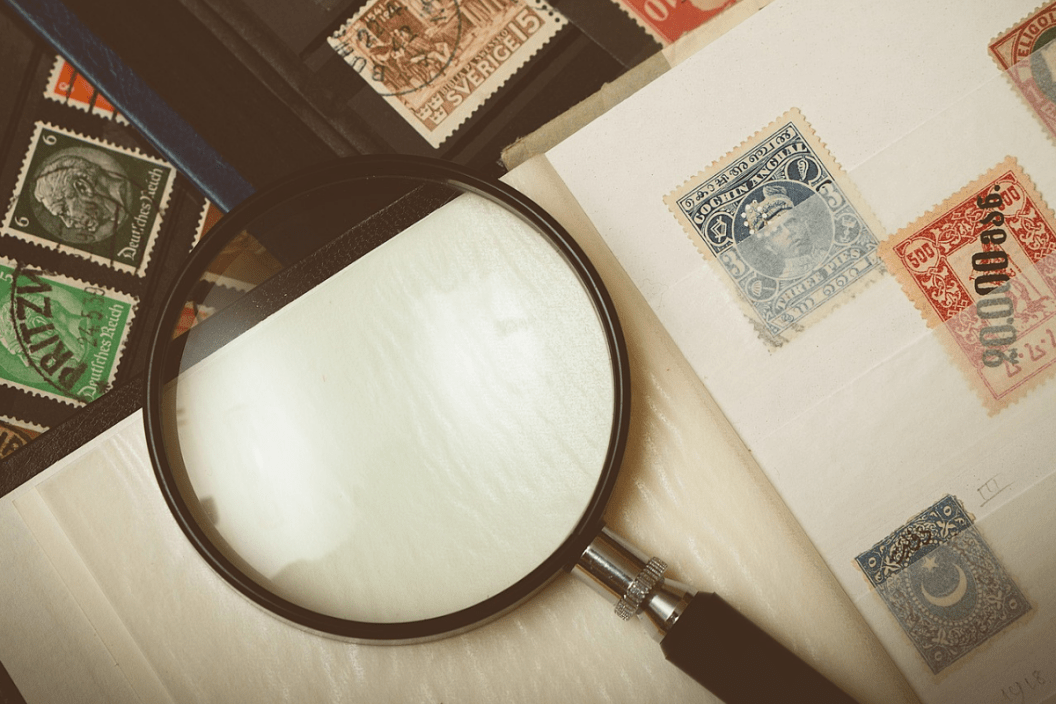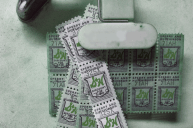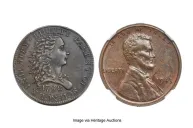People pass their time with many hobbies — sports, books, fishing. One of the most interesting hobbies that one can do for the rest of their life is postage stamp collecting, also known as Philately. According to the Smithsonian National Postal Museum, "hobbyists will be emersed in geography, biography, history, culture, and art when they decided to start collecting stamps."
When collecting stamps, remember that the stamp's condition is what makes it a valuable stamp or not. Collectible stamps range on a scale from poor to superb.
A stamp ranked "superb" is in near perfect shape. The stamp must be perfectly centered, have great color, and perfect gum (what makes the stamp adhere to a surface). Every flaw a stamp has causes it to move down the scale in quality.
Since stamps are only small pieces of paper, the best way to handle them is with tongs. While tongs come in different shapes and sizes, they all have smooth edges to help keep the stamps in tip-top shape.
It can be challenging to see all of the details of the stamps seeing that they are scrolled onto miniature pieces of paper. Stamp collectors cannot take stamps at their face value. Magnifying glasses can aid collectors in seeing the small details that distinguish one stamp from another. Stamps can appear to look the same, but the closer you get, the more their individuality is revealed.
10 Most Valuable U.S. Stamps to Collect:
1. The Inverted Jenny
This is arguably one of the rarest stamps that can be collected in the US. The plane shown on the stamp is the Curtiss JN-4. About 95 percent of U.S. pilots trained on JN-4s during WWI, and this was the first plane used to deliver mail. In 2016, an Inverted Jenny stamp was auctioned off for $1,351,250. (Now that's an expensive stamp)
2. 1847 Issue Block of 16 of Benjamin Franklin
The year 1847 was the first year to purchase stamps from the United States government as a method to prepay for mail. Do you think you could find this rare Benjamin Franklin stamp?
3. Almanac Stamp of 1765 or 1766
The Stamp Act, passed by the British Parliament in 1765, is often listed as one of the immediate causes of the American Revolution. The "stamp" was issued to business licenses, calendars, inventory, and playing cards to show that the tax had been paid.
4. 'Blue Boy' Alexandria Postmaster's Provisional
In the world of stamps, "Blue Boy" is similar to that of the Mona Lisa.
5. 1869 Pictorials—Inverted Center Errors
The 1869 Pictorials were the first stamps in the U.S. printed using two colors.
6. Two-Cent Blue Hawaiian Missionary
This stamp states back to 1851 when Hawaii was a sovereign nation. Hawaii's postmaster was American, and Honolulu's and San Francisco's post offices were well-connected. Collectors love these stamps for their rarity.
7. 1860 Stolen Pony Cover
These stamps showcase pictures of "Cowboys and Indians." In 1860, the Pony Express was established as a private mail service. The horseback riders and stations could get your mail across the country in about 10 days.
8. Pan American Inverts
'Pan American Inverts' feature the bridge at Niagra Falls and a steam engine. The stamps were issued in 1901 to honor the Pan American Exhibition held in Buffalo, New York. The inverted comes from these stamps being printed in two colors. Back then, the opportunity for printing error was high when more than one color got involved; therefore, the pictures on the sheets of the 1, 2, and 4-cent stamps were inverted.
9. CIA Invert
According to History.com,
Between 1975 and 1981, the Post Office released a series of Americana stamps, four of which depicted light sources. Of these, a $1 stamp—depicting a colonial rush lamp and candleholder—was printed as an invert on a single sheet of 100 stamps.
In 1986, nine CIA agents noticed the error and bought the remaining 95 stamps, using taxpayer money. After replacing the rare stamps with regular stamps, the agents sold several of the stamps to a collector for $25,000. The agents each kept one of the stamps for themselves. After the scandal was uncovered, the agency demanded that the agents return the stamps. While four did return the prized stamps, four more quit or were terminated.
10. Stock Exchange Invert
This stamp gets recognition because it's an invert and because it's the last invert that the US Post Office printed. Only 56 of these stamps are known to exist.
Some of these stamps go as far back as the 19th Century. Do you think you have what it takes to hunt down these stamps and complete the perfect stamp collection?
Now Watch: Every Country Music Fan Should Visit Butcher Holler, Kentucky




